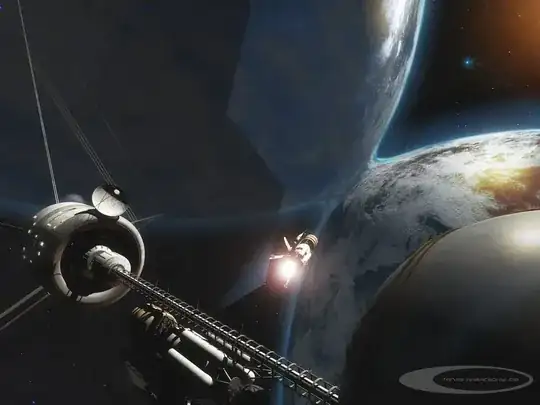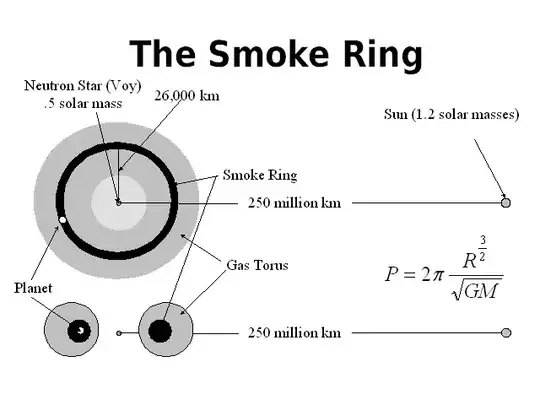Just as an addendum to what everyone else has said, No, this isn't possible, for quite a few reasons.
Lets do some maths though, to explain why.
Lets assume this planet is like earth, but with a ring system, the ring material orbits at the height of the atmosphere, which we'll call 70km above sea level, which combines with earth's radius for an orbital height of 6470km.
In a stable orbit,
$$v^2=\frac{GM}{r}$$
That is to say Velocity squared = Mass of Gravitational Body(Earth) multiplied by the Gravitational constant, divided by the height of orbit. (People interested in deriving this should google hyperphysics orbital mechanics)
Therefore, $$v^2= \frac{(6.67 \times 10^{-11}) \times (5.97 \times 10 ^{24})}{(6.47 \times 10^6)} = 6.15 \times 10^7$$
So $v=7842m/s$. That's about 28000km an hour, or 16900mph
Now, lets consider the fact that average planetary ring is made up of tiny chunks of ice.
The Space Shuttle's average descent speed during reentry is about 17500mph, and you see how hot reentry gets. The ice would melt instantly. Even if it was rock (which it almost certainly wouldn't be) the atmospheric friction would create temperatures that would sterilize the rock.
I hope this helps.
 (
(
